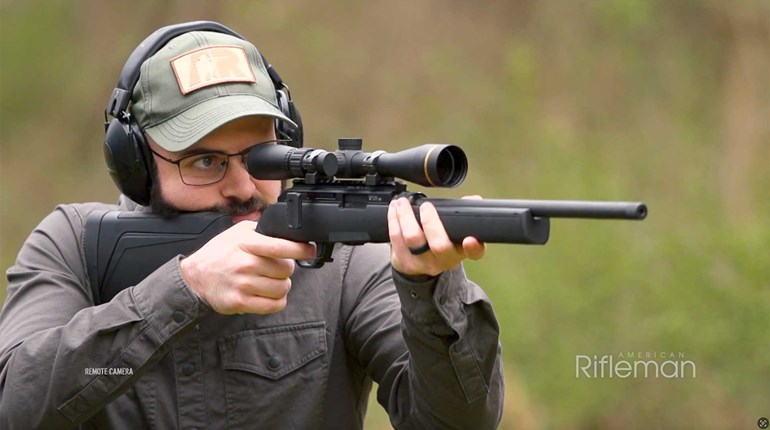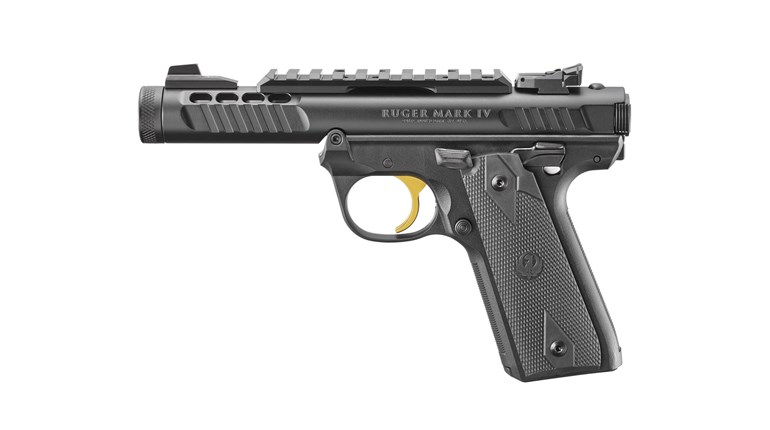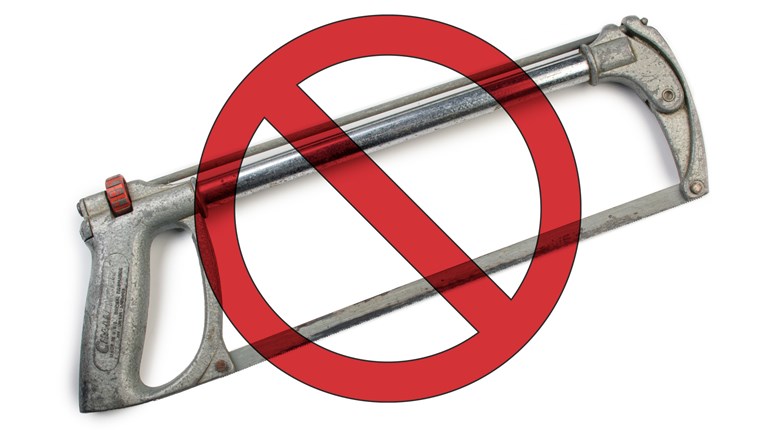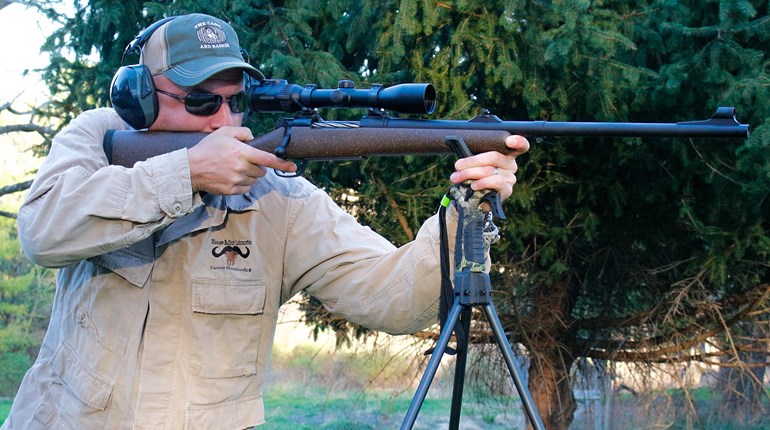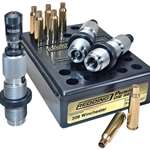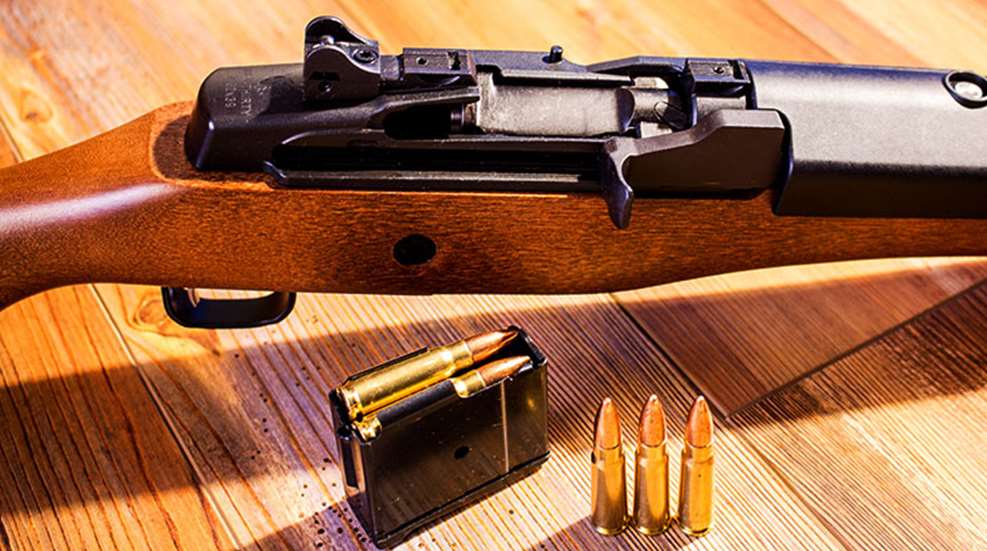
There’s no doubt about the influence that Sturm, Ruger & Co., Inc. has had on modern American firearms. Bill Ruger took on what many called a ‘fool’s errand’—trying to revive the single-shot rifle—when he released his No. 1, a reworking of the classic Farquharson rifle. He also brought his version of the single-action revolver, released a bolt-action rifle in the heyday of the Winchester and Remington classics, and built what may be the greatest .22 LR autoloader ever made: the Ruger 10/22.

In the early 1970s, Ruger released their Mini-14, an autoloading ranch rifle—loosely based on the action of the military M-14—chambered for the .223 Remington cartridge, and its usefulness was immediately recognized. Fast forward to 1987, and you’d see the first advertisements for the second in this series of rifles: the Ruger Mini Thirty. Chambered for the 7.62x39mm cartridge—made famous in the Russian AK-47 and the Chinese SKS—the Mini Thirty offered a different level of ballistic performance in the same style of compact, handy and portable rifle that the Mini-14 brought to the table. The major difference was that the Mini Thirty was well suited to deer and similar-sized game, with the 7.62x39mm being roughly on par with the ballistics of the revered .30-30 Winchester. There are those states that prohibit the hunting of big game with any cartridge smaller than 6mm in diameter—taking the Mini-14 off the table—and Ruger saw the void, neatly filling it with the Mini Thirty.
The Mini Thirty also fills a defensive role; obviously the 7.62x39mm has a military history, and a rather successful one at that. For those who prefer a defensive rifle with a bit more throw weight than the .223/5.56mm has to offer, you could do a lot worse than the 7.62x39mm. Driving a 123-grain bullet at just over 2400 fps, the 7.62x39mm will save your bacon for sure.

The same rotary bolt from the Mini-14 is employed in the Mini Thirty, along with the classic three blade front sight and a neat, adjustable rear peep, making for quick target acquisition. The 18 ½-inch cold hammer-forged barrel is long enough to wring the necessary velocity out of the 7.62x39mm, yet short enough to make a sensible choice for the daily ranch chores—where a rifle is frequently in and out of the truck—or for a home defense weapon, where space is limited and maneuverability is paramount. The action has a now-famous ‘clank’ to it, as it operates, but is a solid design. It’s held in the open position via a small button located mid-receiver, on the top left side. The safety is located at the front edge of the trigger guard, and is a simple blade which is pushed forward for the fire position, and moved rearward to make the rifle safe. It’s easy to feel the position of the safety; if the entire trigger guard is clear, it’s on fire, and if the muzzle side of the trigger guard is obstructed, it’s on safe. A polymer barrel-guard will keep your hands from blistering during reloads.
In true Ruger fashion (and one of the reasons I became a Ruger fan in my youth), scope rings are provided for use with Ruger’s integral base, milled into the Mini Thirty receiver. It’s a simple, yet effective setup, and in addition, Ruger provides a Picatinny rail for those who prefer that mounting system. A rubber buttpad—pliable, but not overly large—keeps the rifle firmly on the shooter’s shoulder, and though the hardwood stock bores no checkering, the rifle affords a positive grip once brought to shoulder. Ruger ships the rifle with two five-round steel detachable magazines; ten round magazines are also available.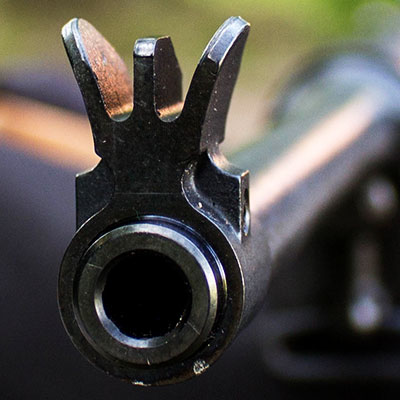
Is the Mini Thirty accurate? Well, I probably wouldn’t describe it as a hair-splitting rifle; however it’s plenty accurate for those purposes to which this rifle is best suited. My test rifle gave 2-MOA performance at 50 yards, which is fine for an iron-sighted carbine. I personally love a peep sight; it removes one of the focal planes—perfect for eyes in their mid-40s—and the three blade sight helps center things naturally. I’d feel comfortable using this rifle on deer out to between 75 and 100 yards; past that, the thickness of the front sight tends to obscure the target too much for me to be confident. The peep is fully adjustable for windage and elevation, so the shooter can dial the rifle in with the chosen load.
I like the Mini Thirty for quite a few reasons. It doesn’t have the ‘evil look’ of the AR and AK (please note my sarcasm), but more importantly, the stock design seems to fit me more naturally than those which have a protruding pistol grip. I’m definitely more adept with a hunting-style stock, and as a defensive gun, I prefer that which comes the most natural. That’s no slight to anyone who prefers another stock style; it’s just my own preference. I also like the way the sights allow me to get down low on the stock; we seem to have higher sights than our combs are designed for these days, resulting in chin-weld instead of cheek-weld.
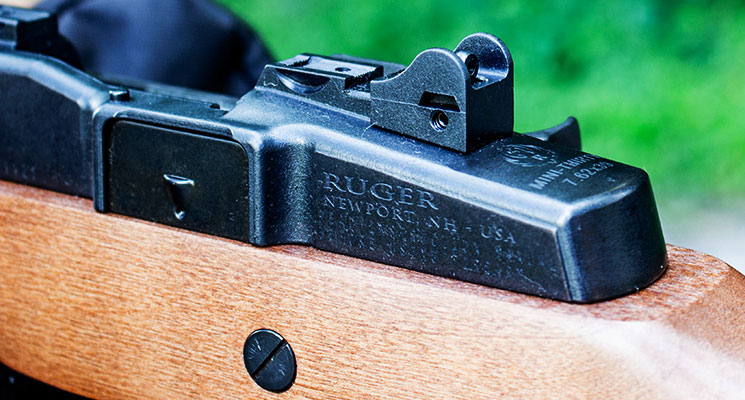
For someone who uses a rifle on a daily basis—whether it’s for rogue woodchucks, trespassing coyotes, deer in the timber or even plinking—the Ruger Mini Thirty makes sense. You can easily scope the rifle if you feel so inclined, that’s your personal choice. I feel the rifle is best used as a close-range carbine, much like the lever-action carbines are. Ruger offers several models, including a stainless/hardwood, stainless/polymer and blued/hardwood. There are also models with a 16 ½-inch barrel available. Much like the Mini-14, the Mini Thirty is a rifle that has a unique, but fervent following. Is it a long-range elk rifle, capable of reaching 400 yards across a canyon? Obviously not. But it’s a solid choice for a utility rifle; the 7.62x39mm will deliver much more than its paper ballistics will indicate. The Mini Thirty may just become a close friend if you give it a try; it’s a ton of fun to shoot.












